Hamedan province is the main source of saffron in terms of history
Deputy Director of Horticulture of Hamedan Jihad-e-Agriculture Organization, referring to the several thousand years old saffron plant,
Hamedan is the main source of saffron in the Median period,
so that the names of some villages in Hamedan such as Saffron Bahar and Rudavar Tuyserkan originated from this plant.
He pointed out:
The climate required for growing this crop is temperate and semi-warm with mild winters and hot and dry summers,
although the resistance of the saffron plant to cold is high.
According to Bayat, saffron grows well in sandy,
clayey and light soils and should be thoroughly disinfected with fungicides before planting saffron bulbs in the soil,
because after mice, as the main enemy of this plant, diseases Fungi are lurking.
He mentioned the time of saffron harvest from early November to the end of this month and said:
the life cycle of saffron plant is exactly the opposite of other crops, so that this plant goes to autumn in spring and is lush in winter!
He said that the yield per hectare of this plant is five to six kilograms and added:
Despite the fact that Afghanistan supplies its required onions from our country and has recently increased,
but the yield per hectare of this product in this country is 10 kg.
So that farm management, soil, timely irrigation and fertilizer are effective in increasing yield per hectare.
He pointed out that the regions of Hamedan province have no special restrictions for not cultivating this crop, he said:
we have cultivation in all cities, in Tuyserkan and Nahavand this crop has been cultivated since ancient
times and in Malayer the area under cultivation has reached 20 hectares.
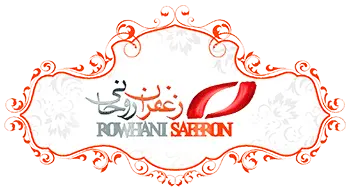
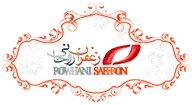
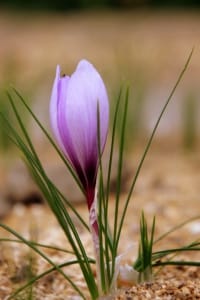
![Exporting Saffron to Turkey + Price Guide [Complete 0 to 100]](https://www.rowhanisaffron.com/wp-content/uploads/f1-372-500x383.jpg)
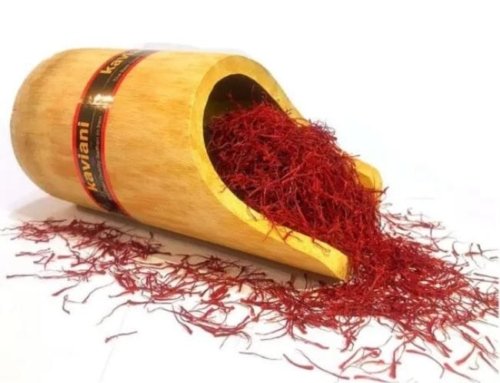

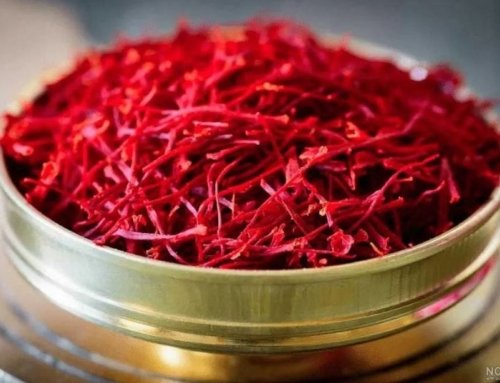
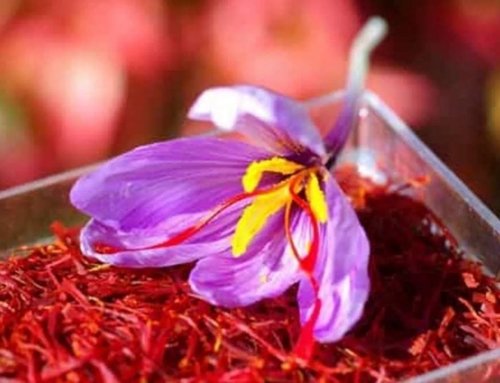
Get Social